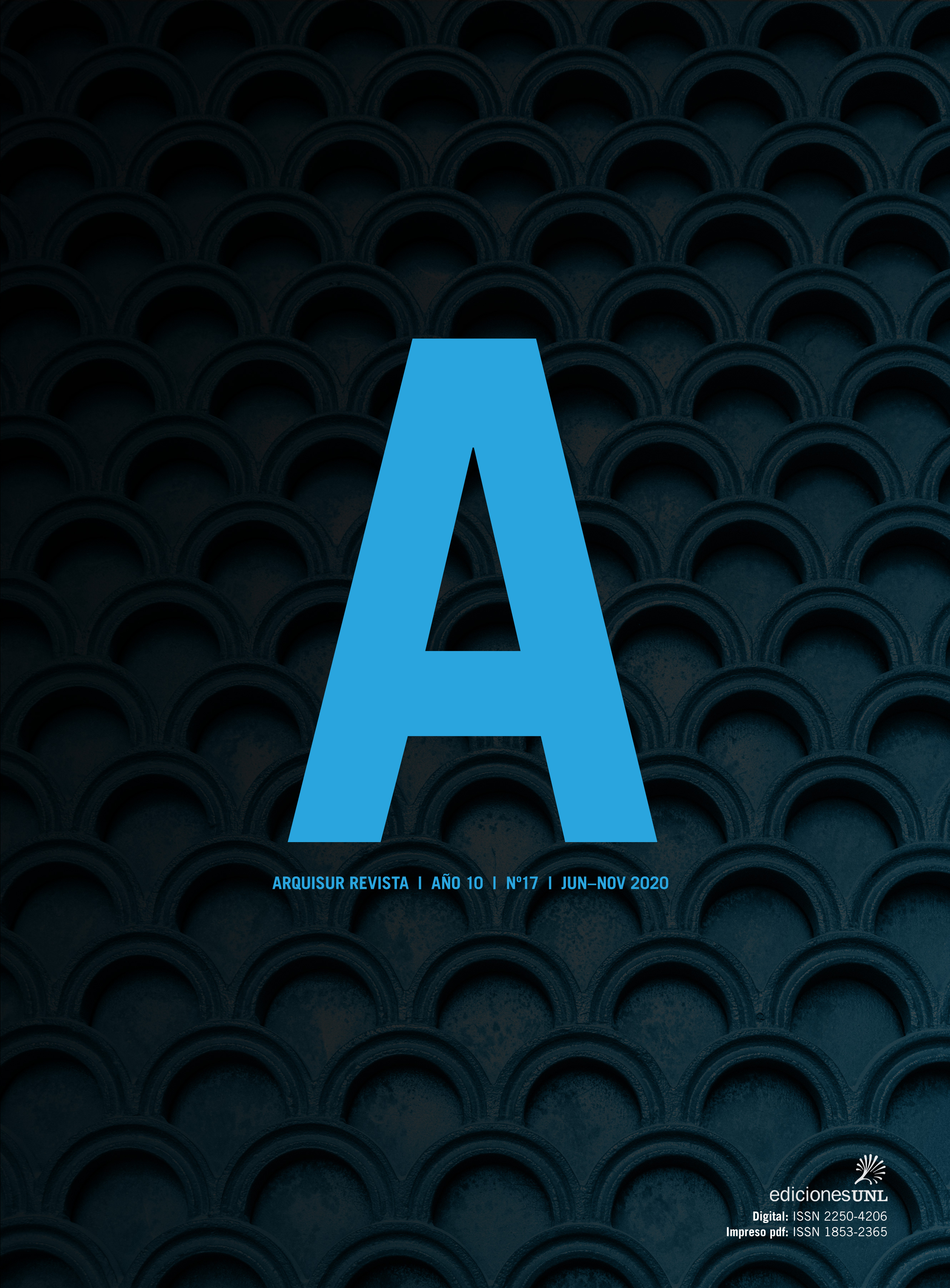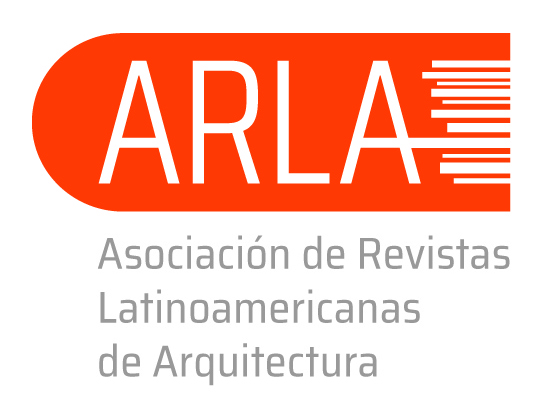Public space: support for residential densification in height
The case of Santiago de Chile
DOI:
https://doi.org/10.14409/ar.v10i17.8538Keywords:
outer space, housing, population densityAbstract
The enforcement in the Chilean territory of the law 20,958 of Contribution to Public Space will cause a significant change in the city. Impacts on the city planning and territorial administrations instruments, the productive sector and the its community. It seems advisable and necessary make visible in advance the effects in order that the public policy acceptance, construction and consolidation would be consistent and adequate, allowing to overcome the scarcity of endowments and opportunities for urban life. Situation generated in time as a result of the urban densification processes that increased the occupation and diversified the applications.The analysis of the evolution and modes of production of residential buildings in height in Santiago city allowed to validate the relevance of the construction of public space that solves the functional requirements, promotes integration, consolidates community life and minimizes the effect density by compensating the agglomeration with amenities for recreation, showing that independent of the political, economic, social and cultural changes that occur on society, the social welfare caused by the satisfaction of collective needs is achieved with access to goods and services available to society as a whole.
Published
How to Cite
Issue
Section
License
ACCESO ABIERTO
ARQUISUR Revista es una publicación de acceso abierto y sin ánimo de lucro. No se imputan cargos por la recepción, revisión, evaluación, publicación ni acceso a sus contenidos. Se distribuye bajo una Licencia Creative Commons CC Atribución-NoComercial-SinDerivadas 4.0 Internacional (CC BY-NC-ND 4.0): No se permite un uso comercial de la obra original ni la generación de obras derivadas. Esta licencia no es una licencia libre, y es la más cercana al derecho de autor tradicional.
DESCARGO
Los criterios expuestos en los artículos son de exclusiva responsabilidad de sus autores y no reflejan necesariamente la opinión del Comité Editorial ni de la Dirección Editorial Técnica. Los derechos de los artículos publicados pertenecen a sus autores o editoriales. Los autores ceden sus derechos de publicación al Centro de Ediciones de la Universidad Nacional del Litoral de Santa Fe, Argentina.














